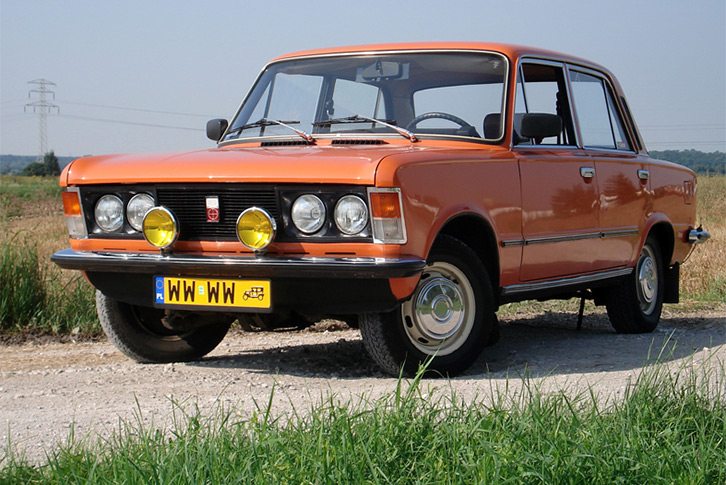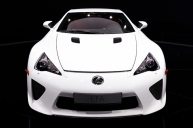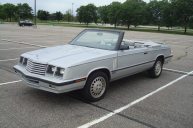Do you know the story of the infamous Polski Fiat 125P?
The Lada 2100 series (2101-2107) was based on the Fiat 124, a premium family sedan from Italy. The Fiat was a very advanced car, it its day, possibly comparable to the modern BMW 3-Series in terms of prestige.
AutoVaz (a.k.a. Lada) licensed the rights to the 124's platform, and set about engineering it to suit the Eastern Bloc.
This was the Lada 2101, which launched in 1970 and eventually evolved into the 2107, which was produced from 1980 to 2012.
In the 1960s, there was one car manufacturer in Poland: Fabryka Samochodów Osobowych (FSO), a state-owned institution. From 1957 to 1983, FSO built a car called the Syrena, and another less popular model called the Warszawa, seen below.
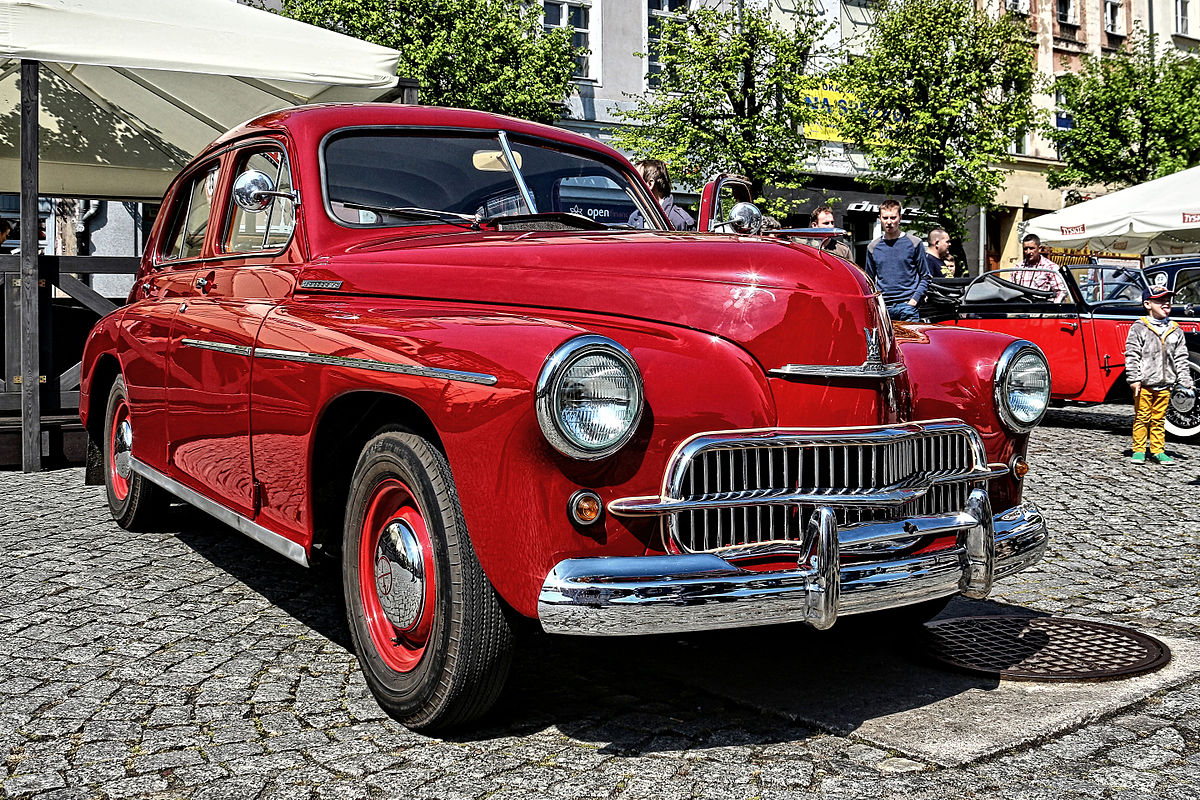
Wikimedia
The Syrena was fundamentally similar to the East German Trabant, as they both initially had small two-stroke two cylinder engines, and both were front-wheel drive. The Syrena was better looking, too, and it wasn't made out of recycled cotton.
Around 250,000 of the Warszawa were made, and it was based on the Soviet GAZ-M20, and featured a very underpowered, low compression 2.1L I-4. These were surprisingly popular as taxis.
In 1965, FSO decided they needed to get with the times. A license agreement was reached between FSO and Fiat to build a special model specifically for the Polish market. This car would have the brakes and bodywork of the Fiat 125, the Fiat 124's big brother.
Most of the chassis and running gear would come from the Fiat 1300/1500, which would be axed the year the FS0 125p (a.k.a. Polski-Fiat 125p) would enter production, in 1967.
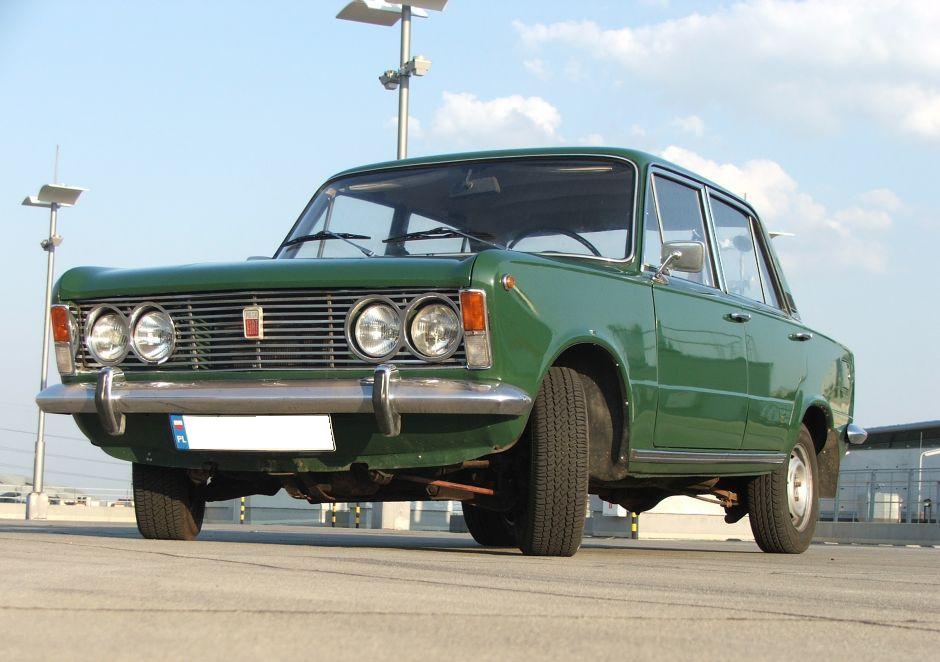
Wikimedia
Given that this car was basically a Fiat 125, it wasn't a bad car. Unfortunately, a few other rough affairs ruined it.
Number one, the bodywork. FSO decided to use thinner, cheaper, ungalvanized steel for the chassis and bodywork. This led to terminal rust issues throughout the car's production.
Even worse than the 125P's hobby of rusting was its utterly horrible build quality. Panel gaps were larger than the Grand Canyon. It wasn't uncommon for parts to just fall off because you looked at it funny.
It was so bad, that Fiat took their name off it and let FSO act independent of Fiat, because they didn't want their name tied to these cars.
The cars upon which the 125P was based on were good cars. The Polski-Fiat's cousin, the Lada 2100 series, was utterly brilliant.
When it didn't rust and was well built, the 125P was a good car. The combination of old and new was a match made in heaven.
Above all of its faults and annoyances, it did its job of motorizing Poland.
NEXT: WHY THE YUGO'S BAD REPUTATION ISN'T ITS OWN FAULT
WATCH
